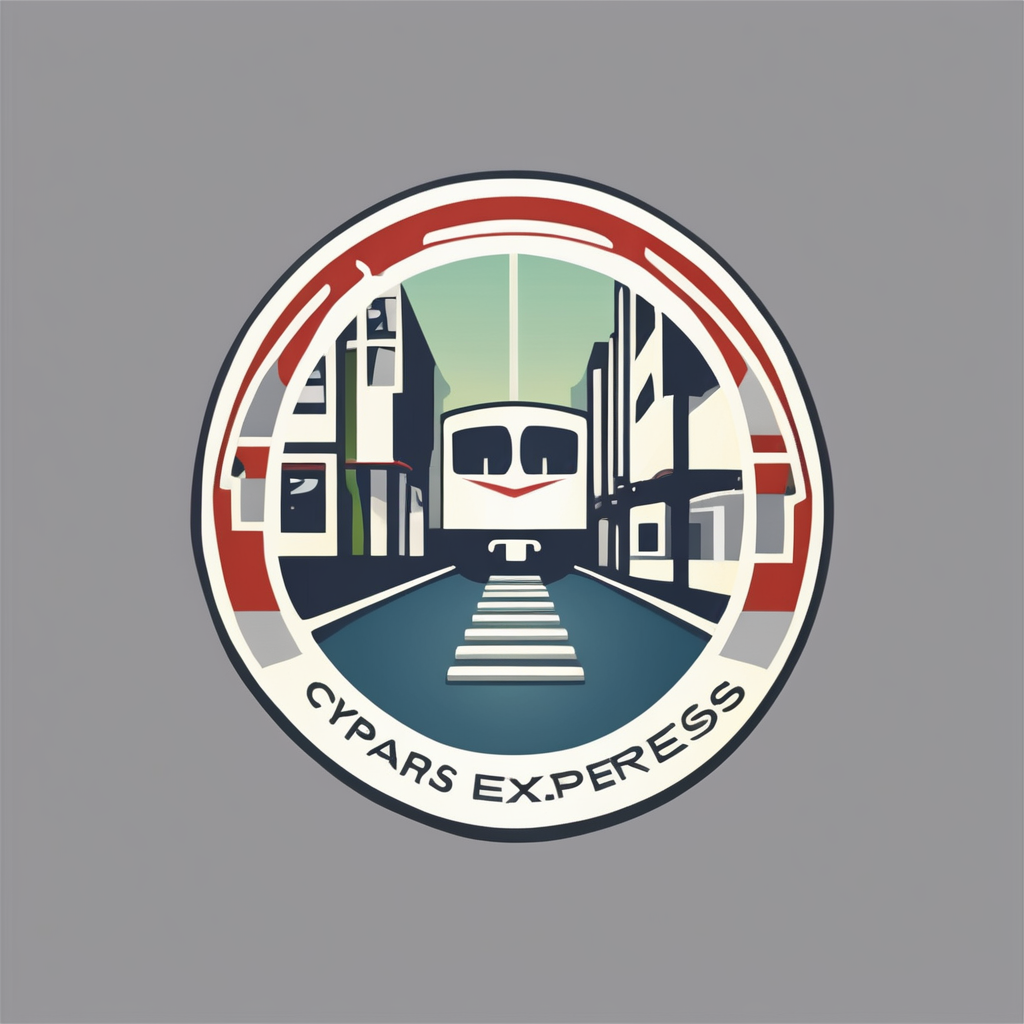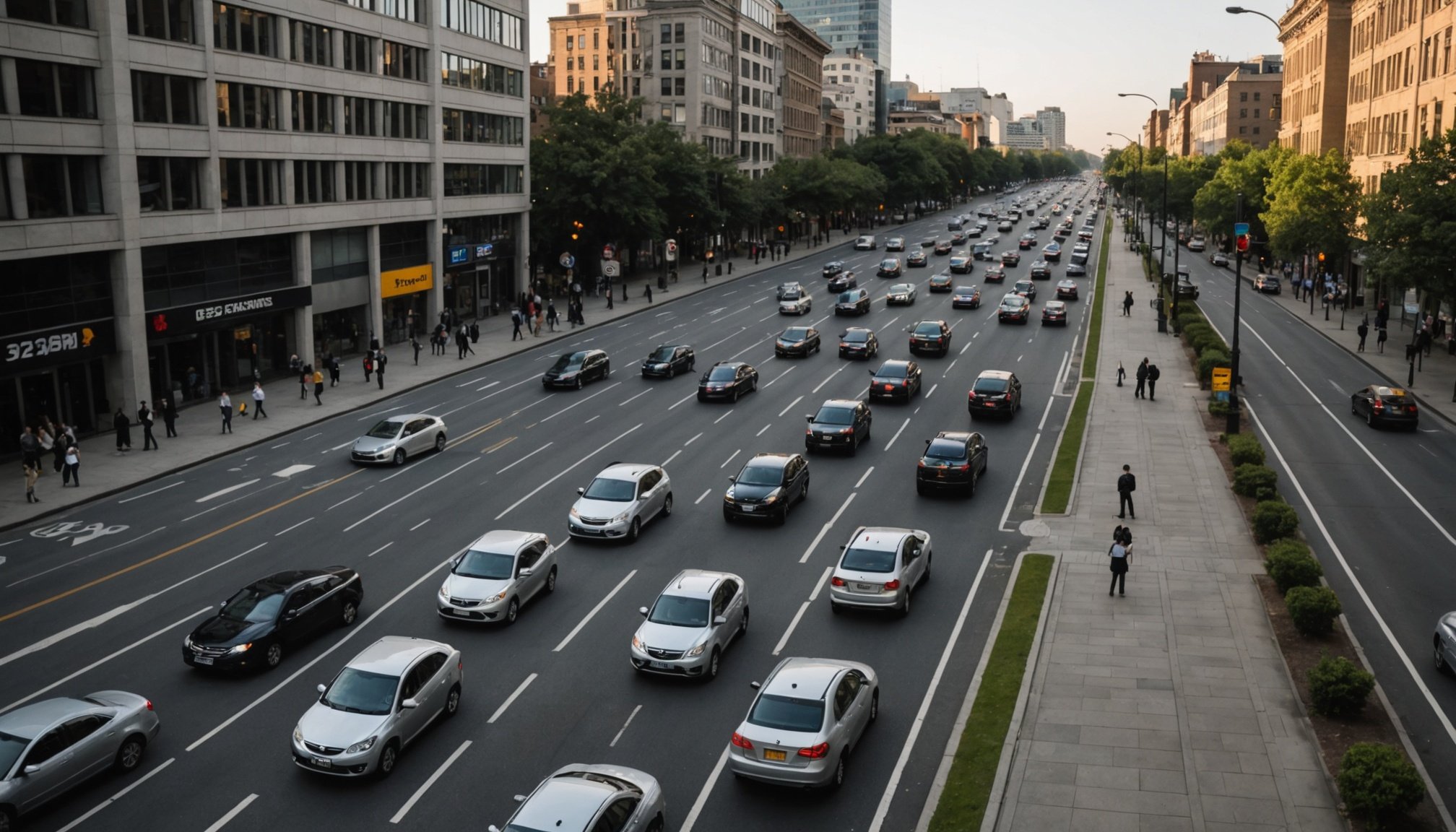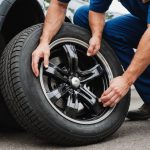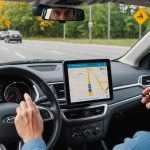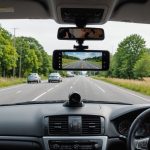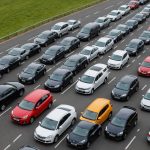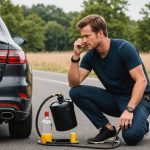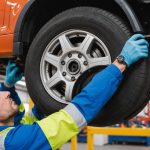Navigating busy urban areas requires a unique set of driving skills and awareness that go beyond traditional highway rules. Cities are bustling with traffic lights, unpredictable pedestrians, and the constant hustle of vehicles vying for space. As drivers, your primary goal is to ensure safety not only for yourself but also for those around you. Establishing habits for safe driving in a city setting is crucial, given the complexities one encounters on urban roads. This article delves into the best strategies for maintaining road safety, offering tips and highlighting common challenges faced by drivers in urban environments.
Understanding Urban Traffic Dynamics
Before diving into strategies, it’s essential to understand the dynamics of urban traffic. Unlike highways, city roads are a maze of intersections, pedestrian crossings, and congested parking areas. These factors can turn even a short drive across town into a daunting task. When you drive through city streets, you will find that the time of day significantly impacts traffic flow. Rush hours present the biggest challenge, with vehicles crowding every available inch of road.
In the same genre : What are the safety benefits of having a dashcam installed in my vehicle?
Factors Influencing Urban Driving
To navigate city traffic effectively, it’s vital to recognize the key elements that influence it:
- Peak Traffic Hours: The inflow and outflow of vehicles during morning and evening hours can lead to significant delays and congestion.
- Pedestrian Activity: Urban centers are teeming with pedestrians. Anticipate the unpredictability of people crossing streets, even outside of designated passages.
- Public Transportation: Buses and trams have designated lanes, which you must respect. Be aware and give them the right of way when necessary.
- Construction Zones: Ongoing development projects in cities can lead to roadblocks or detours, affecting your normal driving route.
Understanding and anticipating these factors can help you plan your trips better and enhance your capacity for safe driving in urban settings. It’s about being prepared for the challenges and responding appropriately to minimize potential road hazards.
Topic to read : What impact does distracted driving have on vehicle safety?
Effective Driving Strategies for Urban Areas
Now that you have a grasp of the broader urban traffic picture, let’s explore some effective strategies to ensure safety for you and others on city roads.
Defensive Driving Techniques
Implementing defensive driving techniques is crucial in urban environments where unpredictability reigns supreme:
- Maintain Safe Distances: Always keep a safe following distance between your vehicle and the one ahead. This provides you the necessary time to react to sudden stops or turns.
- Continuous Scanning: Constantly scan your surroundings to stay alert to other drivers, pedestrians, and road conditions. Use your mirrors frequently and be aware of your blind spots.
- Anticipate and React: Be proactive rather than reactive. Anticipate potential hazards and prepare to react swiftly yet safely.
Navigating Pedestrian Zones
City driving means sharing the road with more pedestrians:
- Yield to Pedestrians: Always give way to pedestrians at crosswalks. Even if they are jaywalking, exercise caution and patience.
- Observe Speed Limits: Especially in school zones and pedestrian-heavy areas, adhere strictly to speed limits.
- Use Designated Lanes: Respect bus and bicycle lanes, ensuring you do not infringe upon spaces intended for others.
By implementing these strategies, you can significantly minimize risks associated with urban driving and keep roads safer.
Parking and Navigating Congested Urban Zones
Finding parking in a city can often be more challenging than the drive itself. Efficiently navigating parking spaces and congested areas requires a blend of patience and strategic thinking.
Parking Tips for Urban Drivers
Successfully parking in urban environments demands attention to detail and foresight:
- Plan Ahead: Before heading to congested areas, research available parking facilities and have a plan B in case your first choice is full.
- Use Technology: Leverage parking apps that provide real-time availability updates and navigation to open spots.
- Parallel Parking Practice: Master the art of parallel parking, as it is an invaluable skill in cities where space is often limited.
Maneuvering Through Congestion
Tackling congestion requires not just skill but also the right attitude:
- Stay Calm: Patience is key in traffic. Avoid aggressive driving, which can escalate tensions and lead to incidents.
- Communicate Clearly: Use your signals effectively to communicate your intentions to other drivers.
- Be Predictable: Abrupt lane changes and sudden braking can confuse other drivers. Act predictably to foster a safer driving environment.
These tips will aid you in managing your time better and avoiding unnecessary stress while navigating congested urban areas.
Technology and Modern Safety Features
As technology advances, so do the safety features available in vehicles. These innovations can significantly aid your quest for safe driving in urban settings.
Modern Safety Features
Today’s vehicles come equipped with a range of features designed to enhance driver and pedestrian safety:
- Collision Warning Systems: Alerts drivers to potential collisions with other cars or pedestrians.
- Parking Assist: Helps you maneuver your vehicle into tight parking spots with the use of sensors and cameras.
- Adaptive Cruise Control: Adjusts your vehicle’s speed according to the flow of traffic to maintain safe distances.
Embracing Technological Aids
While technology can enhance safety, it’s crucial to use these tools wisely:
- Stay Informed: Familiarize yourselves with all the features in your vehicle, ensuring you know how they function and when to use them effectively.
- Augment, Don’t Rely: Use technological aids as a supplement to, not a replacement for, your driving skills and judgment.
- Regular Updates: Ensure your vehicle’s software is up-to-date to maximize the efficiency of safety features.
Adopting these technologies can further bolster safe driving practices, offering an additional layer of security as you navigate your city’s streets.
Safe driving in urban environments involves a combination of awareness, skill, and technology. By understanding the dynamics of city traffic, implementing effective driving strategies, and utilizing modern vehicle features, you can contribute to a safer environment for all road users. As drivers, being aware of potential hazards and acting responsibly can help ensure that our cities remain vibrant yet safe places for everyone to navigate. Remember, the key to road safety lies not just in adhering to rules but in fostering an atmosphere of mutual respect and understanding among all who share the urban roads.
